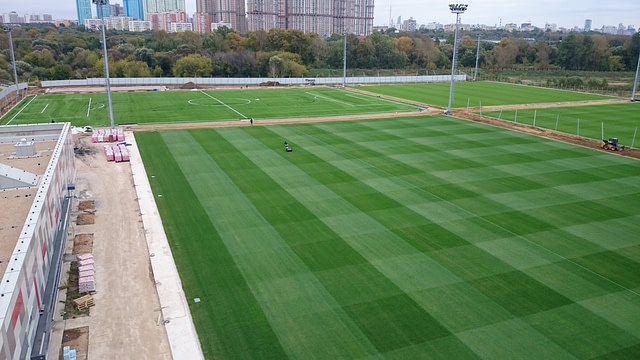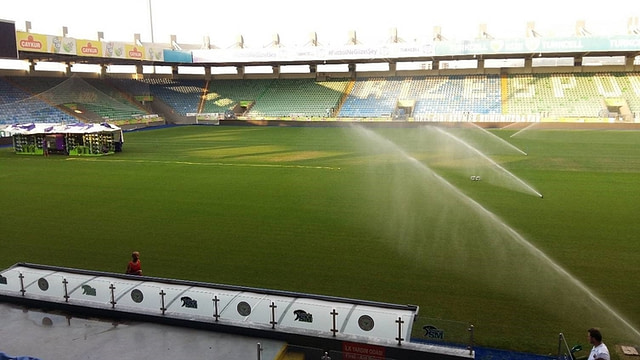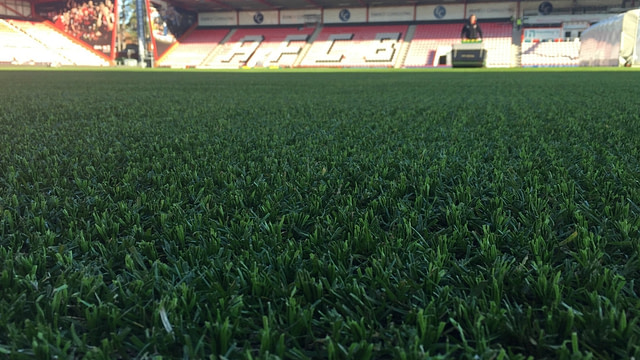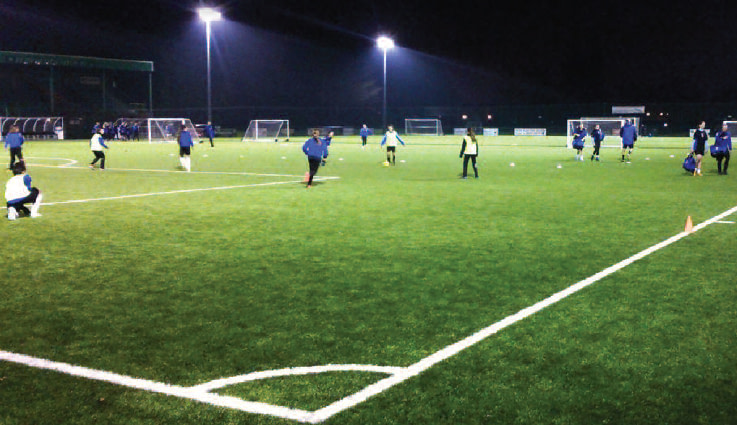
This recognition was not initially planned but became an early, extra value to a schools sporting reputation.
The pitches were a tremendous success, especially when also used to increase the number of tennis courts available in the summer term. I have yet to hear of a school that removed or stopped using its synthetic turf pitch. Schools quickly realised that the standard of hockey improved greatly, the pitch was available to the whole school, not just the first teams, that it proved an attraction to parents when choosing what school to send their child to, and was a potential revenue earner. These benefits are still true today. Fundamentally, a synthetic turf pitch offers so much to a school and to its pupils. Those early adopters are now on their third or fourth surface, some have built additional pitches and others are planning more.
In recent years non hockey playing schools have started to consider synthetic turf for rugby and football. The longer pile systems offer year round perfect playing conditions, and have become invaluable in the wet winters when, previously, match after match was cancelled due to the poor condition of the natural turf fields. Throw in the late afternoon and evening use, during the rugby and football terms, that is now possible on the floodlit synthetic turf pitch, and a school has extended its coaching and playing hours, and in turn offers more to its pupils.
A school does not necessarily need a full size pitch and smaller areas are also of considerable value for sports’ availability. A 40 metre by 60 metre area would accommodate two seven a side football games, or a game of Touch, or a full training session for forty players, or an area that can be used for fitness work, or even as a playing area, when natural turf is too wet. Synthetic turf areas are flexible, adaptable and, with the exception of heavy snow, “all weather”.
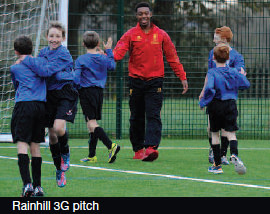
Many schools have tie ups with local clubs, which hire the facility in the evenings and at weekends, when the school is not using the pitch. This is an excellent way to involve the community and helps build strong links. It can also be a generator of additional income, with some schools earning over £80,000 per annum this way, possibly much more. In some instances professional clubs will link with schools and assist with coaching, again adding value for the school and its pupils.
Whether a prep school or senior school the extra options a synthetic turf pitch bring are numerous. For more information on how a synthetic turf pitch can benefit your school a good start would be speaking with fellow schools with pitches, talking with governing bodies such as England Hockey, the RFU and the FA, as well as pitch builders and consultants.
Enjoy This Post?
Sign up for regular updates direct to your inbox





